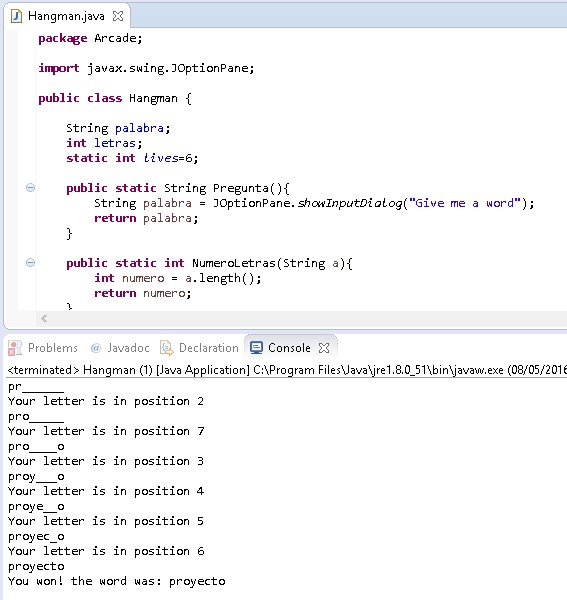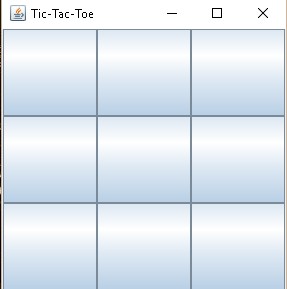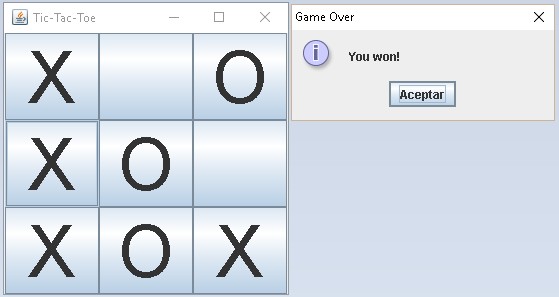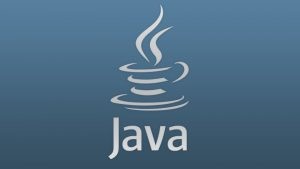--Originally published at GilbertoRogel
For our project we decided to make 2 games, one that will run in the Eclipse console and another one with a graphic user interface. First we decided the two games that we would do, Hangman and Tic Tac Toe. We decided to make Hangman run in the console since Tic Tac Toe would look kind of weird. The Hangman we did can be played by 2 players, in which one chooses the word the other player will try to guess in 6 attempts. The Hangman was pretty easy and we ended up finishing it in 2 days. Then we started doing the Tic Tac Toe, it was overall a kind of extensive process. At first we planned the logic of the game, how to win, etc. We decided that the best option would be to make vectors on the positions that you can put 'X' on 'O' in order to win. Then we thought that it would be better to play vs the computer, since it's really easy to counter the player moves on the game. So basically we did a multiplayer game and a one player one.
We first tried to make a menu but we didnt know how to link to the minigames so we removed it. This is what it looked like:

Hangman:




Tic-Tac-Toe



In the process of doing our project we learned GUI(Graphical User Interface) implementations, we learned to use arrays, how a GUI works and apply them in the project, also we learned how to divide the work and connect it in Github
Luis Eduardo Vargas Victoria A01630086
Oscar Ricardo López López A01229116
Itzel cordero Sánchez A01113123
Gilberto Rogel García A01630171








